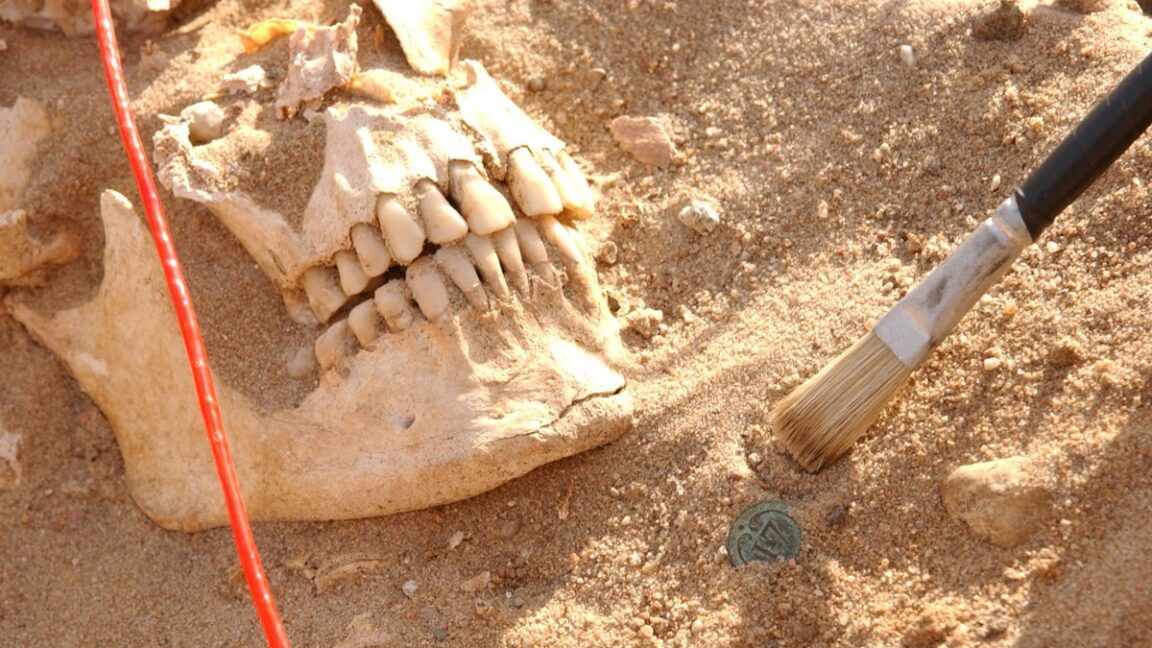In 1812, Napoleon Bonaparte led a disastrous military campaign into Moscow. The death toll was devastating: Out of some 615,000 men, only about 110,000 survivors returned. (Napoleon abandoned his army in early December to return home on a sled.) Roughly 100,000 of the casualties died in battle, while as many as 300,000 perished from a combination of the bitter cold of Russia’s notoriously harsh winter, starvation, and disease.
Scholars have debated precisely what kinds of diseases ravaged Napoleon’s troops. New DNA analysis of some solders’ remains has revealed the presence of two pathogens in particular, according to a new paper published in the journal Current Biology. The first is Salmonella enterica, which causes paratyphoid fever; the second is Borrelia recurrentis, which is transmitted by body lice and causes relapsing fever. (A preprint of the paper appeared on bioaRxiv in July.)
“It’s very exciting to use a technology we have today to detect and diagnose something that was buried for 200 years,” said co-author Nicolás Rascovan of the Institut Pasteur. “Accessing the genomic data of the pathogens that circulated in historical populations helps us to understand how infectious diseases evolved, spread, and disappeared over time and to identify the social or environmental contexts that played a part in these developments. This information provides us with valuable insights to better understand and tackle infectious diseases today.”
